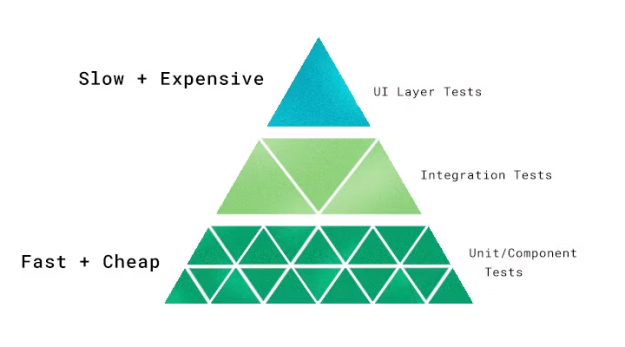Testing In context of software development is a critical process that involves systematically checking a program or system to ensure it performs as intended. In software development, It is really important to check our work making sure everything works as it should. When we write code using object-orientated programming (OOP) which is a common way to organize and write our software, we need a special kind of checking called Object-Orientated Testing (OOT). This blog dives into what OOT is, inspired by the detailed article from GeeksforGeeks , showing why it is different and important.
Summary of the resource
The article from GeeksforGeeks explains how testing for Object-Orientated programming is different than traditional testing. OOP deals with concepts like classes and objects (which are basically groups of functions and data that model real-world things). OOT then focuses on checking these classes and objects, along with how they interact with each other, which is not something you do in traditional testing. The article talks about the challenges of doing OOT, like making sure objects work well together and the need for different tools and strategies to do it right.
Reason for selection
I picked this article because it does a great job of showing how checking object-orientated code is different from the usual way of testing code. It fits well with what we are learning in class about how to build software, giving us a clear picture of how to make sure out OOP projects work well
Reflection:
Reading about OOT made me realize that checking our code in OOP needs more than just looking at each part by itself. We need to see how all parts work together. It was an eye-opener to learn about the different tools we can use for OOT and how it helps us find and fix problems early on.
Looking forward
This article made me more aware of how important it is to use OOT in my future projects. Knowing how to do this kinds of testing means I can make sure my software is solid and works well, which is very important for any software developer.
Conclusion
Object-Orientated Testing is a key skill for software developers, especially as we build more complex and interconnected software. The insights from the GeeksforGeeks article highlights the unique aspect of OOT and remind us why adapting our testing to match our coding style is crucial. As we tackle bigger projects keeping these OOT principles in mind will help us build better and more reliable software
From the blog CS@Worcester – Josies Notes by josielrivas and used with permission of the author. All other rights reserved by the author.



